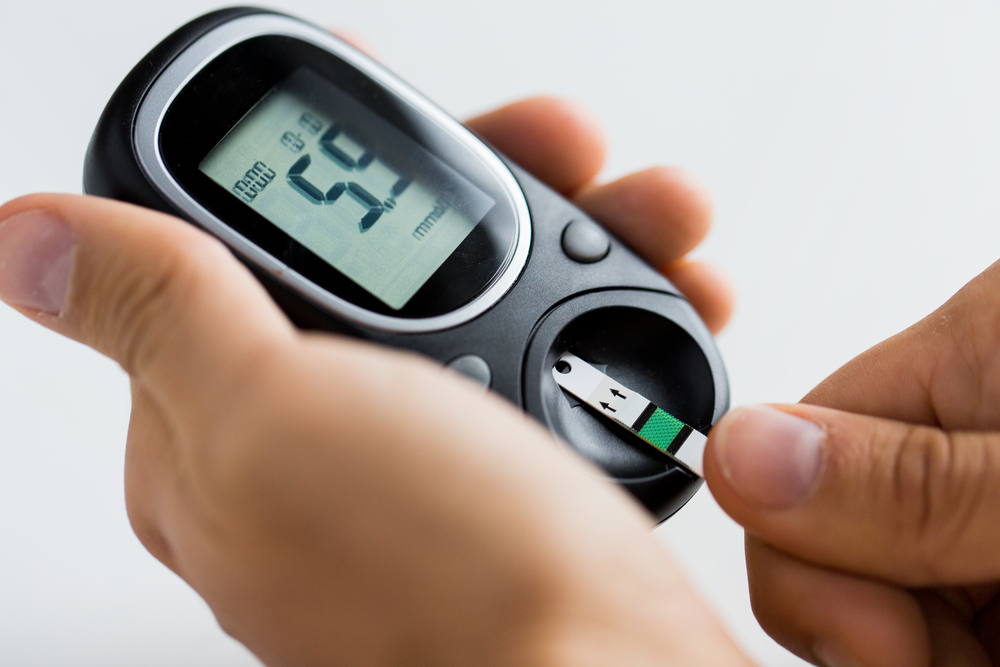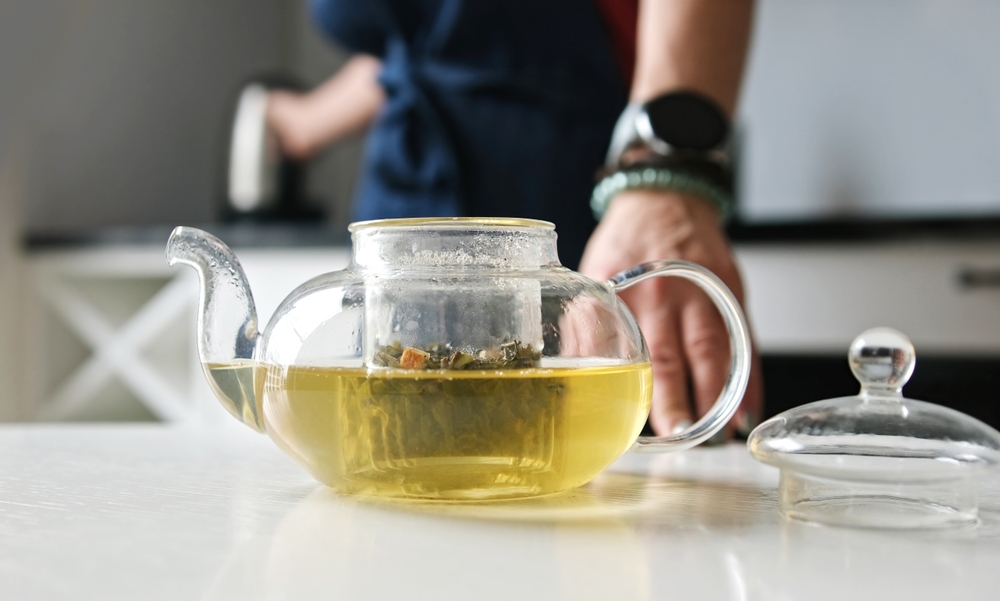Most of us think of formaldehyde as a toxic gas found in laboratories or building materials. But new research suggests that tiny amounts of this compound, which occur naturally in everyday foods, may also influence how well we manage blood sugar and even how sharp our memory stays with age. Here’s what science says about dietary formaldehyde and its hidden impact.
Found Naturally in Foods

Formaldehyde is not just an industrial chemical—it also occurs naturally in fish, meat, milk, fruits, and vegetables. Typical diets can deliver between 1.5–14 mg daily, with higher concentrations often found in seafood and processed meats.
Created During Cooking and Processing

Heat and preservation methods can increase formaldehyde levels. Certain dried or stored fish, for example, have been found to contain significantly more than fresh alternatives.
A Byproduct of Everyday Nutrients

Common nutrients like fructose, choline, carnitine, and creatine can be converted inside the body into formaldehyde. This means our own metabolism adds to the exposure we get from food.
Also read: These Everyday Foods Are Unsafe to Reheat
The Link to Diabetes

Studies suggest that people with diabetes tend to have higher circulating formaldehyde levels. This compound can interfere with insulin function, making blood sugar harder to control.
Memory and Cognitive Decline

At very low levels, formaldehyde plays a role in brain signaling. But in excess, it can damage receptors in the brain and reduce memory function, especially in people already at risk of cognitive decline.
How It Fuels Insulin Resistance

Formaldehyde can bind to insulin molecules, reducing their ability to connect with insulin receptors. It also triggers inflammation and oxidative stress that further blunt the body’s glucose response.
When Enzymes Fail to Clear It

Some people carry genetic variations that make it harder for the body to clear formaldehyde efficiently. For them, small exposures may accumulate and accelerate complications linked to diabetes.
Also read: Should You Take Magnesium? Only in These Two Situations, Says Expert
Sources Beyond the Diet

Food isn’t the only source. Indoor air pollution, occupational exposure, and certain plastics or kitchenware can all release small amounts of formaldehyde that add to the daily load.
Foods That Tend to Contain More

Seafood, processed meats, packaged snacks, and sugary drinks are among the main dietary contributors. Ultra-processed foods add even more precursors that convert into formaldehyde in the body.
Strategies to Lower Exposure

A Mediterranean-style diet rich in vegetables, legumes, whole grains, nuts, and moderate fish intake appears protective. Reducing ultra-processed foods, improving ventilation while cooking, and avoiding damaged plastic kitchenware can also help.
Emerging Protective Nutrients

Plant compounds in pumpkin seeds, fenugreek, tea, and whole grains may buffer some of the damage caused by formaldehyde. Omega-3 fatty acids and antioxidants are also being studied as potential protectors.
Also read: How to Add Extra Protein to Your Diet With Simple Toppings
The Road Ahead

Scientists emphasize that more research is needed to confirm how much dietary formaldehyde contributes to diabetes and memory decline. Still, awareness of hidden exposures may help guide smarter food and lifestyle choices.
This article is based on information from News Medical
Also read: This could happen to your body if you eat peanut butter every day
